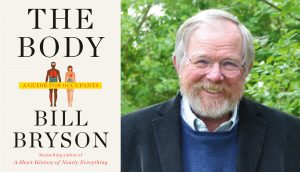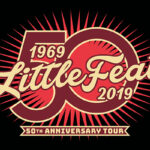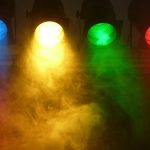Perhaps the greatest wonder of the human body is that, despite all of its complexity, when things are going well you don’t have to give it much thought. For all of the choreographed mechanics, electrical impulses and chemistry that go into every person’s every moment, we usually are blissfully unaware of what our 37.2 trillion or so cells are doing.
But in “The Body: A Guide for Occupants,” Bill Bryson invites you to think about it and offers an enlightening and entertaining tour from head to toe, from brain to bowel, from the hippocampus to the isles of langerhans.

“The Body” by Bill Bryson and a portrait of the author
The numbers alone are fascinating — your 7 octillion atoms, 20 square feet of skin, three-pound brain that consumes 20% of your energy, 100,000 miles of blood vessels, strands of DNA that would stretch beyond Pluto if laid end-to-end, your lungs that would cover a tennis court if unfolded, and on and on. Throughout the book, Bryson weaves together how all of those separate pieces and systems work independently to perform specific vital functions, yet together to form the physical human, all orchestrated by the brain.
Books about each piece of the body fill libraries, of course, but Bryson provides a wondrous layman’s tour of the whole works in just 450 pages. Along the way, he makes stops to visit some of the great figures — geniuses and quacks, benefactors and charlatans, humanitarians and egomaniacs — who have driven the effort to understand the human body. It is safe to say, given Bryson’s descriptions from across the centuries, that this is the best time ever to be alive regarding medical practice. And he warns that the misuse today of antibiotics could well cause future generations to regard us as being as ignorant as our predecessors who casually engaged in destructive lobotomies.
Bryson’s tour is from the top down and from the outside, in — the physical, chemical and electrical nuts and bolts of how we see, hear, smell, breathe, walk, talk, eat, sleep, physically feel, digest food and generate and consume energy, conceive, give birth, get sick, and die. And he includes our fellow travelers, the innumerable bacteria, fungi, mites and other organisms whose universe is us.
Unlike Atul Gawande (“Being Mortal” and others), Sherwin Nuland (“How We Die” and others), Siddhartha Mukerjee (“The Emperor of All Maladies: A Biography of Cancer”), and other authors who write about the body, Bryson is not a medical professional. He is, rather, professionally curious. His earlier works include “A Walk in the Woods,” about his failed attempt to through-hike the Appalachian Trail; the self-explanatory “A Short History of Nearly Everything,” and more than a dozen others covering everything from Shakespeare to Africa. In “The Body: A Guide for Occupants,” Bryson marvels yet again at the wonder of it all. And his skill is such that readers do, too.
“The Body: A Guide for Occupants”
- Author: Bill Bryson
- Publisher: Doubleday
- Pages: 450, including index and bibliography
- Price: $30

Patrick McKenna has been associate editor of The Times-Tribune since July 1990. He is a member of the newspaper’s editorial board, a role in which he helps to formulate editorial policy. As editorial and op-ed editor, he is responsible for most of The Times-Tribune’s opinion content and the author of most of the newspaper’s editorials. A 1978 graduate of Penn State, Pat started at The Scranton Times in March 1978. He has won multiple statewide awards for editorial writing, and the national WIlliam Allen White Award for Editorial Excellence. Pat is a Scranton native and lives in Clarks Green.




